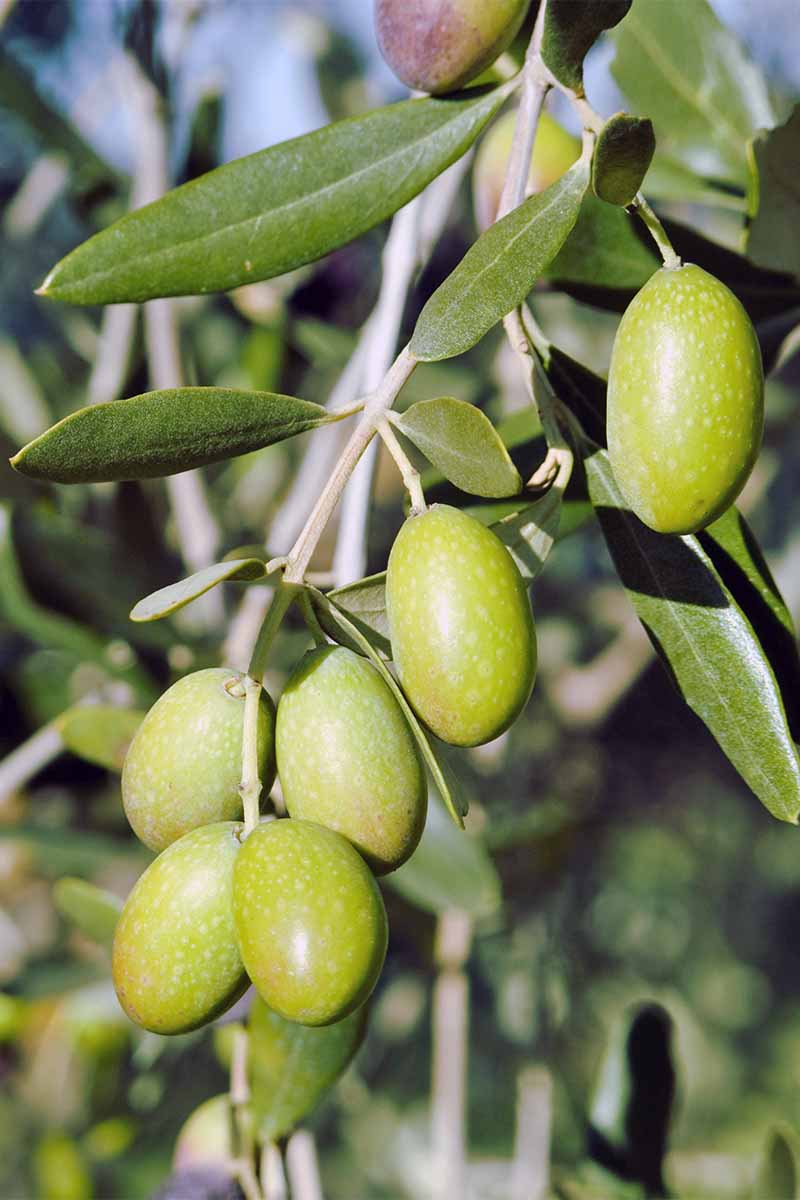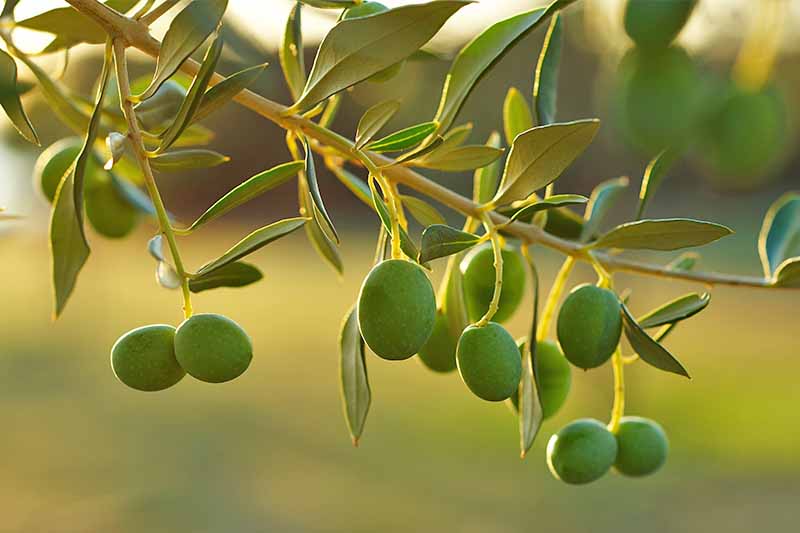
The festive season is upon us, and what better way to get into the holiday spirit than by growing a lush Christmas olive tree at home? The Christmas olive tree, also known as Olea europaea 'Arbequina', is a popular choice for indoor gardening during the holiday season. With its compact size, attractive foliage, and potential to produce small, edible olives, this tree is sure to bring joy and festivity to your home.
In this article, we will delve into the world of Christmas olive trees, exploring their history, benefits, and most importantly, providing a comprehensive guide on how to grow a lush and thriving Christmas olive tree at home.
History and Benefits of Christmas Olive Trees
The Christmas olive tree is a dwarf variety of the traditional olive tree, which is native to the Mediterranean region. This tree has been cultivated for thousands of years, not only for its edible olives but also for its attractive foliage and symbolic significance. In many cultures, olive trees are seen as a symbol of peace, prosperity, and good fortune.
Growing a Christmas olive tree at home can bring numerous benefits, including:
- Air purification: Like many plants, the Christmas olive tree is known to purify the air by removing toxins and pollutants.
- Aesthetic appeal: The tree's attractive foliage and compact size make it a beautiful addition to any room.
- Edible olives: With proper care, the Christmas olive tree can produce small, edible olives that can be used in cooking.
- Stress relief: Studies have shown that being around plants can reduce stress and improve mental well-being.
Choosing the Right Christmas Olive Tree
When selecting a Christmas olive tree, there are several factors to consider. Here are a few tips to help you choose the right tree:
- Look for a tree with a sturdy trunk and well-developed root system.
- Choose a tree with attractive, healthy foliage.
- Consider the size of the tree and whether it will fit in the space you have available.
- Check the tree's hardiness zone to ensure it can thrive in your area.

Planting and Caring for Your Christmas Olive Tree
Planting and caring for your Christmas olive tree requires attention to a few key factors. Here are some tips to help you get started:
- Lighting: Christmas olive trees prefer bright, indirect light. Avoid placing the tree in direct sunlight, which can cause the leaves to become scorched.
- Watering: Water your Christmas olive tree when the soil feels dry to the touch. Avoid overwatering, which can lead to root rot.
- Fertilization: Feed your Christmas olive tree with a balanced fertilizer during the growing season (spring and summer).
- Pruning: Prune your Christmas olive tree regularly to maintain its shape and promote healthy growth.
Common Problems and Solutions
Like any plant, the Christmas olive tree can be susceptible to certain problems. Here are some common issues and solutions:
- Pests: Check your tree regularly for pests like spider mites, mealybugs, and scale. Use insecticidal soap or neem oil to treat infestations.
- Diseases: Fungal diseases like root rot and leaf spot can affect the Christmas olive tree. Use fungicides and improve air circulation to prevent the spread of disease.
- Nutrient deficiencies: Yellowing leaves can be a sign of nutrient deficiencies. Use a balanced fertilizer to address this issue.

Repotting and Propagation
Repotting and propagation are essential for the long-term health and growth of your Christmas olive tree. Here are some tips to help you repot and propagate your tree:
- Repotting: Repot your Christmas olive tree every 2-3 years to provide fresh soil and a larger pot.
- Propagation: Propagate your Christmas olive tree using cuttings or seed. Take 6-8 inch cuttings from the tips of the branches and plant them in a pot filled with well-draining soil.
Pest Control and Prevention
Pest control and prevention are crucial for maintaining the health of your Christmas olive tree. Here are some tips to help you prevent and control pests:
- Inspect your tree regularly for signs of pests.
- Use physical barriers like fine mesh or fine netting to prevent pests from reaching your tree.
- Use organic pest control methods like insecticidal soap or neem oil.

Gallery of Christmas Olive Tree Ideas
Here are some inspiring Christmas olive tree ideas to get you started:




Frequently Asked Questions
Here are some frequently asked questions about Christmas olive trees:
How often should I water my Christmas olive tree?
+Water your Christmas olive tree when the soil feels dry to the touch. Avoid overwatering, which can lead to root rot.
Can I grow a Christmas olive tree indoors?
+Yes, Christmas olive trees can be grown indoors, provided they receive bright, indirect light and proper care.
How often should I fertilize my Christmas olive tree?
+Feed your Christmas olive tree with a balanced fertilizer during the growing season (spring and summer).
Growing a lush and thriving Christmas olive tree at home requires attention to a few key factors, including lighting, watering, fertilization, and pruning. By following these tips and staying committed to your tree's care, you can enjoy the many benefits of having a beautiful and symbolic Christmas olive tree in your home.











